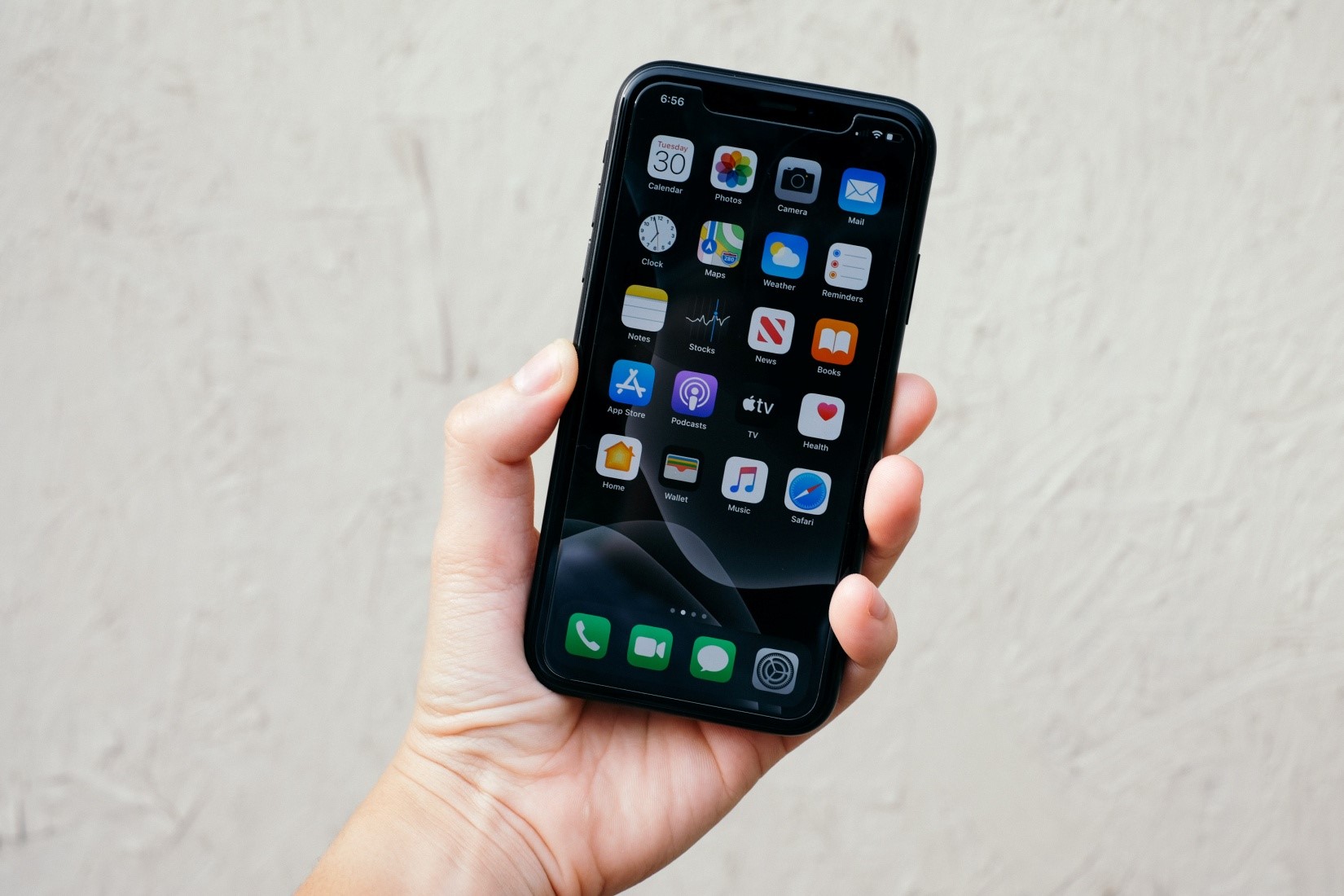The process of developing an app goes through a series of steps. Note, however, that before you even attempt to develop software, you should first have a basic knowhow on programming languages, one of which is Java. Java was voted as one of the top programming languages of 2019, so Java development is one of your great options for designing your site. Java is an object-oriented, simple, and easy-to-use programming language.
So check out this guide on how to outsource app development and how to get from A to Z, and succeed in your app development venture.
Know What Your App Is Going to Do
Professional developers say that the starting point in app development is to have a novel idea about something that one loves to make and use. However, prior to detailing, the aim for developing the app must first be defined.
- What will the app do?
- What concrete problem will it help solve?
- What aspect of people’s lives will it make better?
If you have a particular idea, and it is an idea that you are zealous about, your focus is on the end goal all the time. With your goal as your guide, you can maintain your motivation and not be led off course till you see your future app come to life.
Evaluate the Need for Your App
Is there a demand for the app you have in mind? Use Google Keyword Planner tool to validate if many people are interested in what you are trying to build. Or build a landing page that highlights your idea, and then seek user interest via an email signup.
Validating your idea means that you have something that people would want to use. In other words, this step involves market research, which is a very important step that should not be skipped. Researching your target market allows you to assess how your app will perform against its competitors.
Lay Out the Flow of the App
Start sketching your app. This is how you build the foundation for the app’s interface. When developing your sketches, you also incorporate the features that you intend to include in the app.
There are wireframing tools available online for developing app layouts and they can be used free of charge. Access sites such as Figma, Balsamiq and Lucidchart.

Develop Your App’s Backend
You have your wireframes and your storyboard. With these parts already structured, you now have a basis with which to build your back-end. You will now have to deal with setting up your servers, APIs, data diagrams, and storage solutions based on your requirements.
You can use your backend for a number of things including:
- Storing and sharing data
- Controlling the app
- Hosting content to show in your app
- Running your business logic in a central place
Design the App
The next step is designing or converting the wireframes into beautiful designs.
You may have heard some people arguing that a basic design is enough, and what is more important to them is focusing on developing their app. This is a fallacious approach on app development, and one you should never apply in your projects.
It is because it is not just about the “looks” of an app. It is also about how users will experience the app. An expert app designer, Vinod Khosla, explains it best: designing is the process of making technology useful. If you look for a developer to help you in materializing your idea, hire someone who puts priority in design - user interface (UI) and user experience (UX).
A good developer can create an attractive design by using the elements of your website and brand to make a blueprint that your users can relate to.
Test and Debug the App
Before launching your app, you need to test it first. If it crashes in the test, you will have to figure out how it happened and why. There are countless reasons why apps crash.
Debugging may take a lot of time, but it will ensure that your app will be error-free.
Launch Time
Now that you have an app, you can run it live. Create an account with several app stores. Apple charges an annual fee of $99 while Android’s fee is lower at $25 per year.
It pays to get feedback from users, so you would know where you need to improvise. Remember that persuading consumers to use your application is where the ultimate challenge lies.








